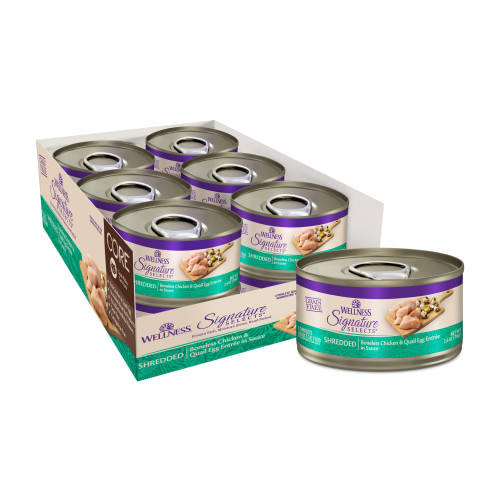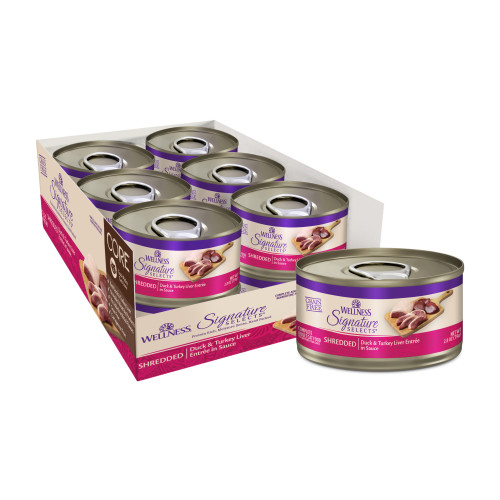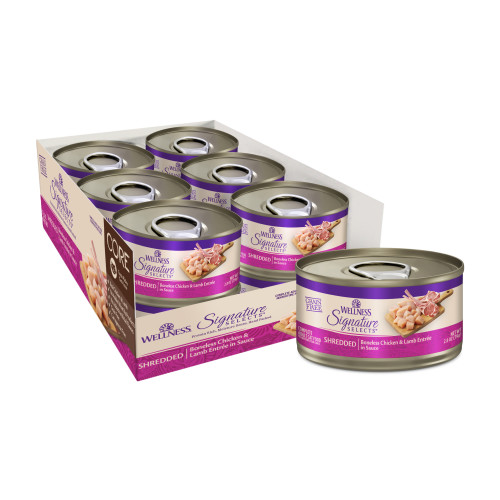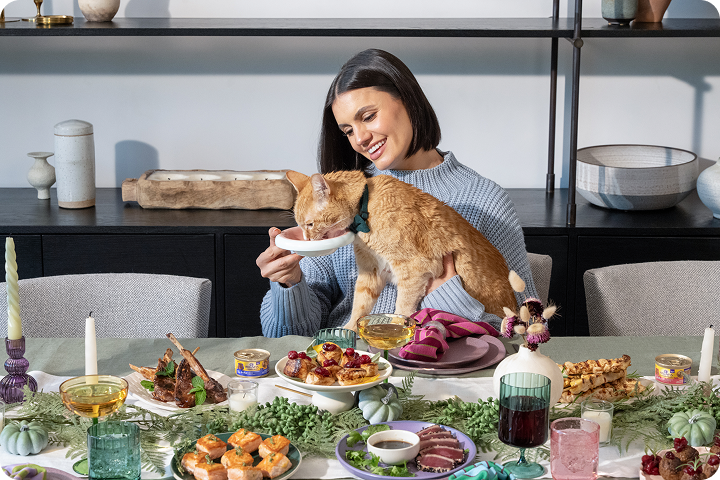February 2, 2021
How to Create a Feeding Schedule for Your Dog
Puppy Feeding Chart
Dogs are like humans. They eat, digest their food, and then several hours later, they get hungry again; however, unlike humans, dogs do not get to choose when they are fed, but it’s safe to reason that most dogs would happily eat whenever you fed them, which is why creating a feeding schedule for your dog is essential. Feeding schedules help you maintain your dog’s digestive health, weight, and overall energy. Whether you have a puppy or an older dog, it is easy to create the habit of a new feeding schedule.
How Often to Feed Your Dog
Dogs need to be fed twice a day (puppies that are under five months should have three feedings). Your dog should have a meal in the morning to break the evening fast and one in the evening shortly before bed. Feedings are anywhere from eight to twelve hours apart, which means if you feed your dog at 7 AM while you brew your coffee, you should feed your dog at 7 PM.
Choose the time of day you feed your dog based on lifestyle habits. For example, do not feed your dog right before you exercise as this can lead to abdominal pain and bloating. Additionally, do not feed your dog as soon as you return home as your dog will begin to associate you with food and could develop anxiety as a result.
Feed Your Dog in the Same Location
When you do feed your dog each day, feed them in the same location. Dogs are like humans in that they are creatures of habit. Your dog will increasingly associate you with a certain spot for meals, and they will eventually learn that meals will only come at a certain time of day. This is classical conditioning. The more stable your routine is, the easier it becomes to maintain.
Avoid Feeding Your Dog Near the Dining Table or Where You Prepare Food
Note that it is important to not make your dog’s feeding location near your dining table or even where you prepare food if you can avoid it. Your dog will be tempted to be beg for table scraps or bits of whatever you are cooking if they are in the same room as you, which can have multiple negative effects. Feeding dogs people food can:
- result in excess weight gain
- make your dog sick if the food is not safe for dogs; bones, onions, garlic, and other ingredients routinely found in human dishes can make lead to organ damage, intestinal blockage, and even death in animals
- create a bad habit that is hard to break
- fill your dog up on people food before they finish their healthy dog food
Pick Up Food Dishes After Your Dog is Finished Eating
Another strategy in creating and maintaining a feeding schedule for your dog is to get into the habit of picking up the food dish when your dog is finished eating. Dogs who eat their food right away usually take no more than fifteen to twenty minutes to dine. After that time, pick the dish up.
If your dog is a “grazer” and tends to eat a little at a time, you can spread the meals out. To do this, measure your dog’s food in to four meals per day instead of two. Apply the same practices in terms of quantity, setting, and removal of dishes during these more-frequent feedings to cultivate your dog’s feeding schedule.
Ideally, your dog will eventually adapt to a twice-per-day feeding schedule.
Feed Your Dog a Consistent Amount of Food
During feeding times, you want to feed your dog a consistent amount of food. Some dog owners get anxious when their pet eats their entire meal; they wonder, “Will my dog be hungry?” This is hard to reconcile as your dog will look pleadingly at you when you eat. They might even sit next to their bowl when you’re in the kitchen.
Your dog is likely not hungry and certainly should not be fed even if they sit near their empty food bowl between feedings. What is more likely is that your dog is conditioned to associate you in a certain location in the kitchen.
Removing the food bowl after or between feedings is a good way to keep your dog from begging and to keep you from caving in with between meal snacks and treats.
Factor Treats into Your Dog’s Feeding Schedule
While the amount of food may seem more significant, calories is actually an important variable when you are creating a feeding schedule for your dog. If you give your dog treats, then reduce your dog’s food by roughly five percent as added calories from treats will add up and add heft to your dog’s body over time.
Help Your Dog Stay Full with Nutritious Food
Finally, you can create and maintain a feeding schedule for your dog that will be easy to stick to if you feed your dog delicious, healthy, natural, nutrient-rich food. Look for foods that list meat as the primary ingredient and that have other natural ingredients good for your dog’s digestion in the ingredient list. You should look for the same kinds of treats and dental chews. Foods and treats with natural ingredients made for your dog’s age and size will help your dog stay full and energized between feedings.
Creating a feeding schedule for your dog will help you maintain your dog’s weight, health, and energy levels. Feeding schedules improve digestion as well. Of course, feeding your dog the right food plays a role in the success of your schedule, which is why Wellness Pet Food makes a variety of tasty, natural dog foods and treats specially formulated for dogs of all sizes and ages.






